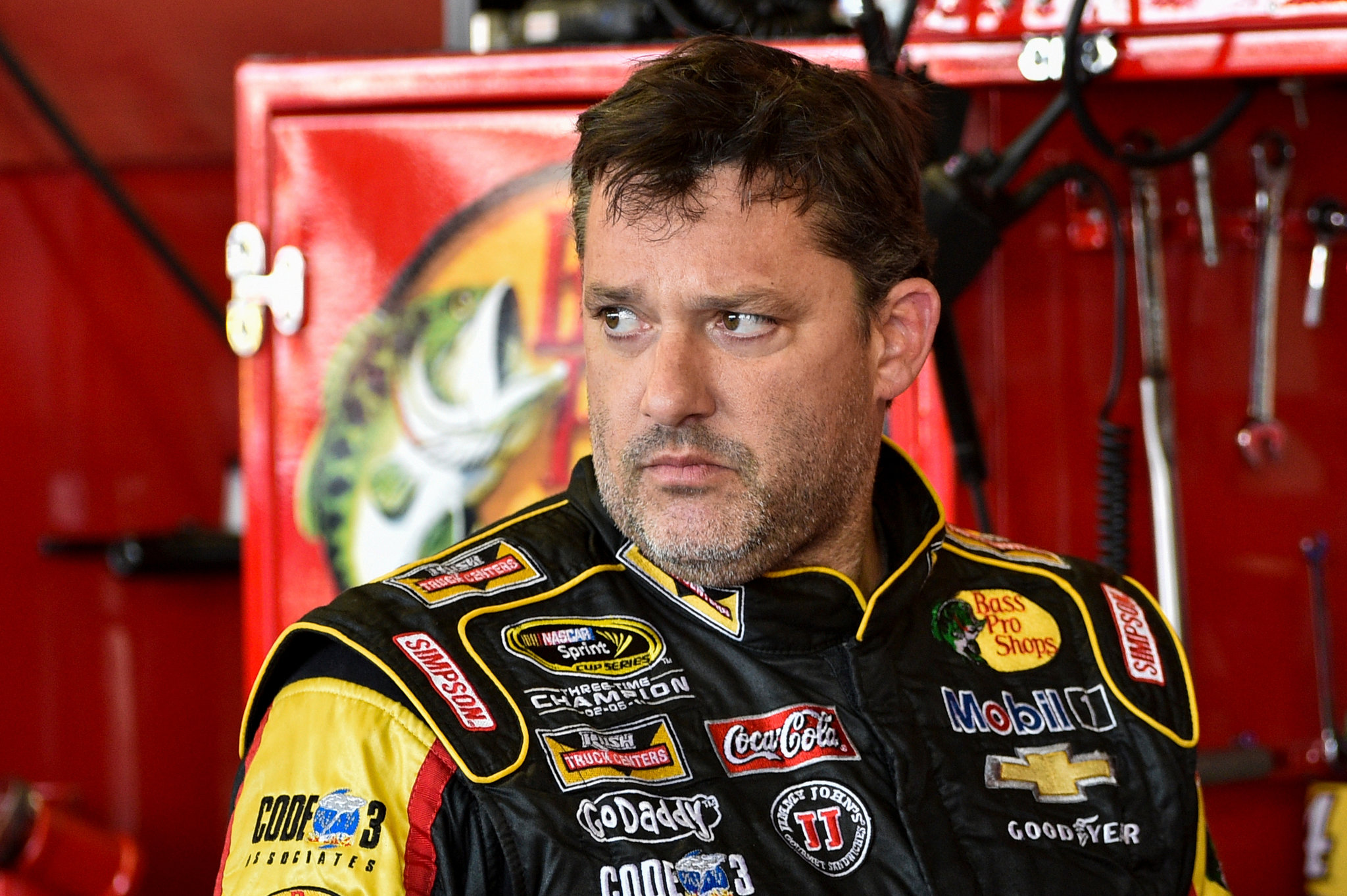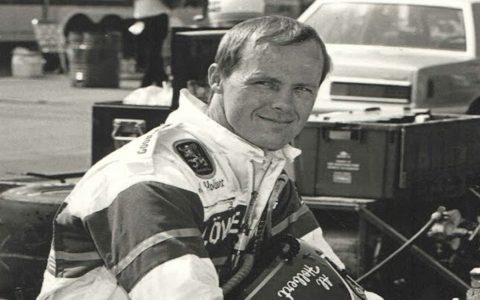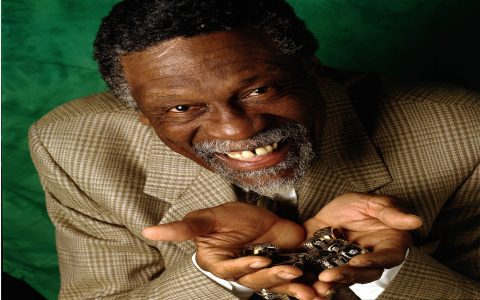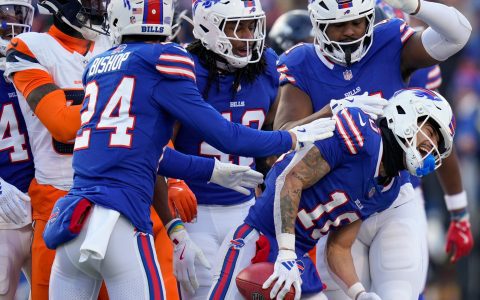NASCAR's history includes tragic losses that reshaped safety standards. The following drivers' deaths remain significant due to their impact on the sport.
Dale Earnhardt Sr.
Dale Earnhardt Sr., known as "The Intimidator," died on February 18, 2001, during the Daytona 500. His accident occurred on the final lap when his car spun and collided with another vehicle at Turn 4, leading to fatal head and neck injuries. Key facts:
- Age at death: 49 years old.
- Notable achievement: Seven-time NASCAR Cup Series champion.
- Impact: Prompted mandatory use of head and neck restraints (HANS devices).
Adam Petty
Adam Petty perished on May 12, 2000, during practice at New Hampshire Motor Speedway. His throttle stuck at 130 mph, causing his car to hit the wall head-on without SAFER barriers. Facts:

- Age at death: 19 years old.
- Notable achievement: Fourth-generation driver; the first in NASCAR's modern era to die in a practice session.
- Impact: Advanced track safety improvements, including widespread installation of SAFER barriers.
Kenny Irwin Jr.
Kenny Irwin Jr. died on July 7, 2000, at New Hampshire Motor Speedway, replicating Adam Petty's accident due to a stuck throttle. His car hit the concrete wall during qualifying. Details:
- Age at death: 30 years old.
- Notable achievement: 1998 Rookie of the Year.
- Impact: Accelerated the adoption of emergency engine kill switches and reinforced throttle design changes.
Fireball Roberts
Fireball Roberts succumbed to injuries on July 2, 1964, after a crash during the World 600 at Charlotte Motor Speedway. His fuel tank ruptured, causing severe burns. Facts:
- Age at death: 35 years old.
- Notable achievement: Won over 30 races; inducted into multiple halls of fame.
- Impact: Pioneered fire-resistant suits and fuel cell regulations.
These tragedies highlight NASCAR's ongoing evolution in driver safety, emphasizing lessons learned from fatal errors.






